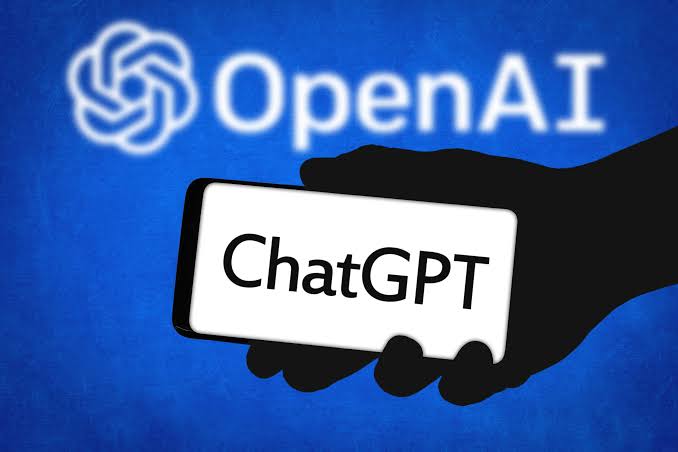ChatGPT has undoubtedly revolutionized the landscape of natural language processing, but like any advanced technology, it comes with its set of challenges. In this blog post, we’ll delve into the top five problems with ChatGPT that you might not be aware of.
Thank you for reading this post, don't forget to subscribe!
1. Lack of Contextual Understanding:
One prominent issue with ChatGPT is its occasional struggle to maintain context throughout a conversation. While it excels at generating coherent responses, it may not always comprehend the context of a user’s queries as effectively as desired. This can result in responses that appear sensible on the surface but lack a nuanced understanding of the conversation flow.
2. Sensitivity to Input Phrasing:
ChatGPT can be sensitive to the phrasing of user inputs. Small variations in how a question is posed might lead to different responses. This sensitivity can be a source of frustration for users expecting consistent answers. The model’s inability to consistently interpret nuanced queries can lead to misunderstandings and, at times, inaccurate or irrelevant responses.
3. Propensity for Overly Detailed or Technical Output:
Another challenge lies in ChatGPT’s inclination to provide overly detailed or technical responses. While this might be beneficial in certain contexts, it can be overwhelming for users seeking concise and accessible information. Striking the right balance between depth and simplicity remains an ongoing challenge for the model, impacting its usability across a diverse range of users and applications.
Read Also: 10 Creative Ways Teachers Can Utilize ChatGPT
4. Inherent Bias in Training Data:
ChatGPT, like its predecessors, is trained on a vast corpus of internet text, exposing it to the inherent biases present in online content. This can lead to biased outputs, reflecting societal prejudices and stereotypes. Although OpenAI has implemented measures to mitigate biases, they persist to some extent. Users must remain aware of this limitation and exercise caution when relying on ChatGPT for sensitive or ethically charged topics.
5. Potential for Misinformation Propagation:
The vast amount of information on the internet includes both accurate and inaccurate content. ChatGPT’s reliance on this diverse dataset means it may inadvertently generate responses that propagate misinformation. While OpenAI has taken steps to minimize such occurrences, the challenge of ensuring the model consistently produces accurate information remains a complex task.
While ChatGPT represents a significant leap forward in natural language understanding, it is essential to acknowledge its limitations. From occasional lapses in contextual understanding to the potential for biased outputs, users must approach ChatGPT with a discerning eye. OpenAI continues to refine and enhance the model, addressing these challenges to make it an even more reliable and versatile tool. As we navigate the evolving landscape of AI, a nuanced understanding of ChatGPT’s capabilities and limitations is crucial for harnessing its potential effectively.



